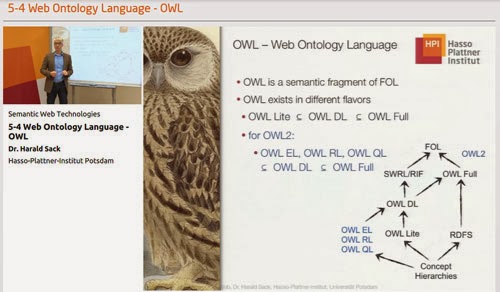
With the full title Introduction to Neuroeconomics: how the brain makes decisions, this course available on the Coursera platform is at the convergence of economics, psychology, and neuroscience. It is presented by Vasily Klucharev from the Higher School of Economics of Moscow (Russia).






